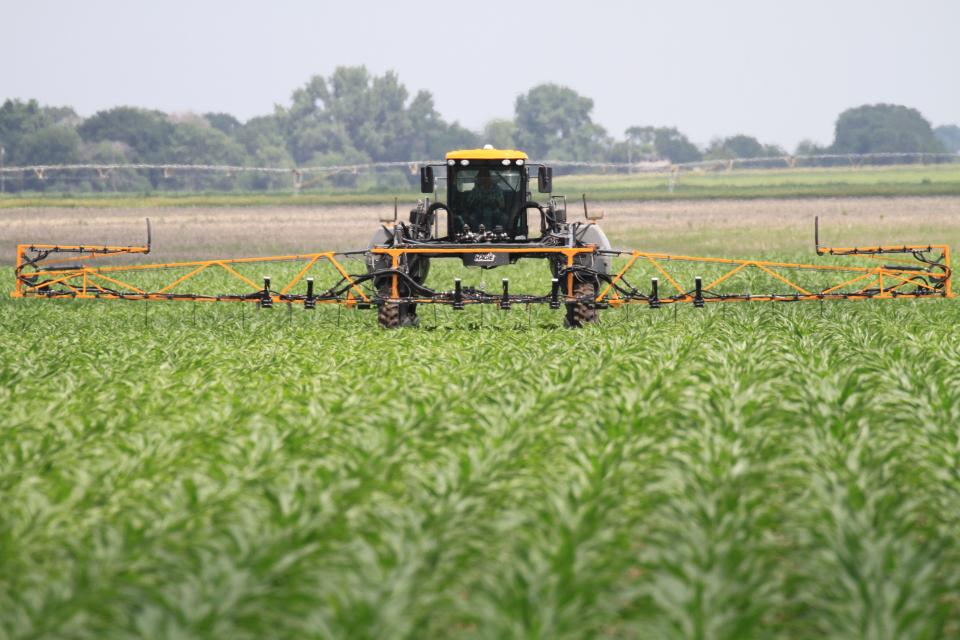 By Samuel Peters, AgVenture Product Marketing Intern
By Samuel Peters, AgVenture Product Marketing Intern
As of June 8th, 97% of corn in the United States had been planted. Remembering the pain of last year’s planting season, many growers will not be shocked to learn this is 19% ahead of 2019’s progress and 3% ahead of the 5-year average. 75% of this year’s corn is rated as good-to-excellent by the USDA.1 Do these promising figures mean that the 2020 growing season is going to be a hands-off affair, with record yields this fall? Experienced growers know this will not be the case. Critical study of a corn crop’s future needs should happen now, including evaluating the need for nitrogen during the growing season.
Some questions to consider:
- Has precipitation caused N loss from early applications, especially in areas of localized field moisture?
- Was early planted corn stressed by low temperatures, experiencing slow crop uptake?
- In drier regions, was fertilizer-N incorporated after application to minimize volatilization?
- How much N will the soil hold, based on factors such as the cation exchange capacity?
Mid-season application of N can help to control some of this variability and minimize N lost from leaching and volatilization. Common ways to apply N after corn emergence include:
- Sidedress injection of anhydrous ammonia or urea-ammonium nitrate (UAN)
- Surface application of UAN by dribbling between rows
- Broadcast of dry granular nitrogen products
These options are listed in order of preference. Injection of N will place it directly into the root zone, bypassing dry surface soils and the need for future precipitation to move N down through the soil. Dribbling UAN may be necessary if the stand becomes too tall for conventional sidedress equipment, however this solution may experience volatilization due to being unincorporated in the soil. Granular broadcast can cause leaf burn and plant stunting but should not cause lasting damage if completed before the V6 growth stage.
While nitrogen is critical for success during the growing season, it is important to remember the whole picture of crop health. Other important nutrients, such as sulfur, can be paired with nitrogen to maximize effectiveness.
In-season nitrogen (UAN) is applied to corn in an on-farm research study. For fields with suspected nitrogen loss, on-farm research is a great way to evaluate in-season N rates and recommendation approaches. (Photo by Richard Ferguson)
1USDA Crop Progress Report June 8, 2020
Resources:
Iqbal, Javed. “Tips for In-Season Nitrogen Management in Corn.” CropWatch, University of Nebraska-Lincoln, 1 May 2020
Sawyer, John. “Post-Plant Nitrogen Applications on Corn.” Post-Plant Nitrogen Applications on Corn | Integrated Crop Management, 14 May 2001
UM Extension. “Things to Consider When Sidedressing Nitrogen.” Things to Consider When Sidedressing Nitrogen, University of Minnesota Extension, June 2020